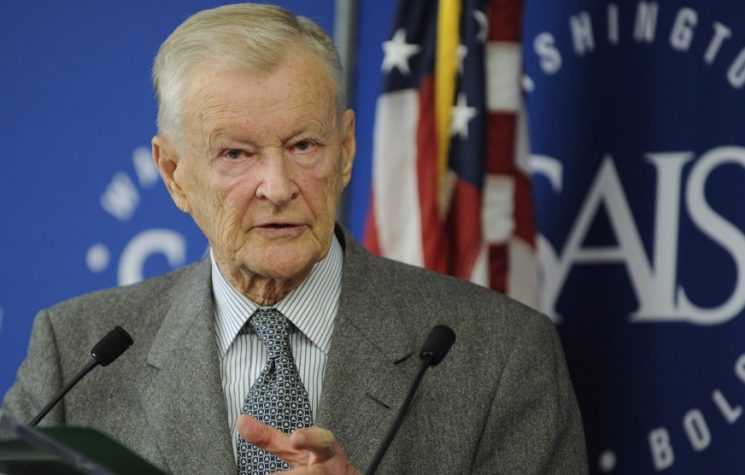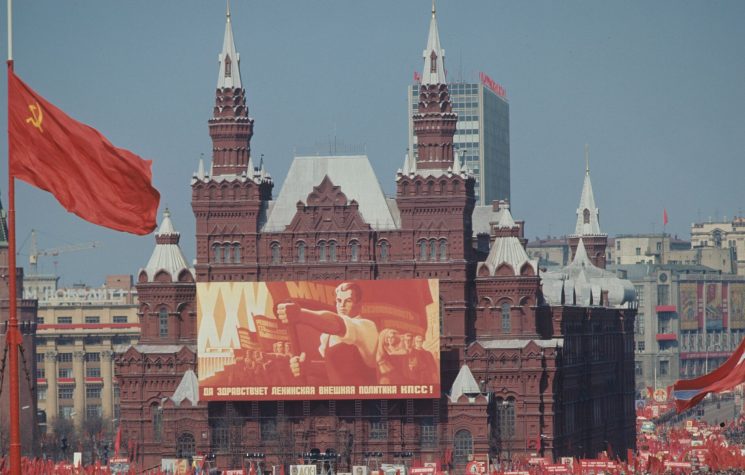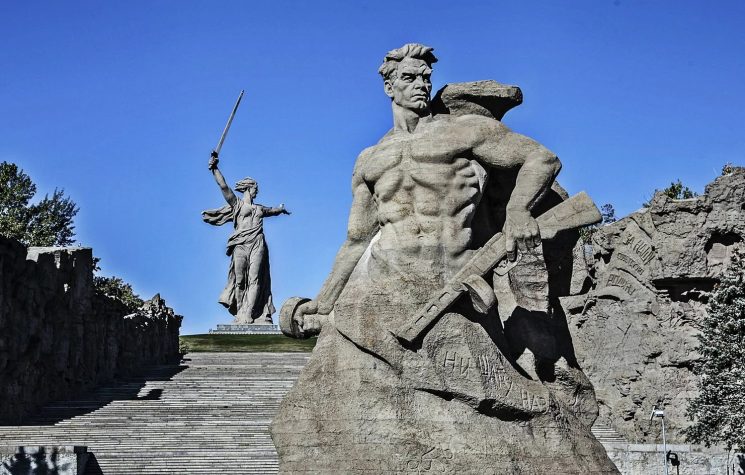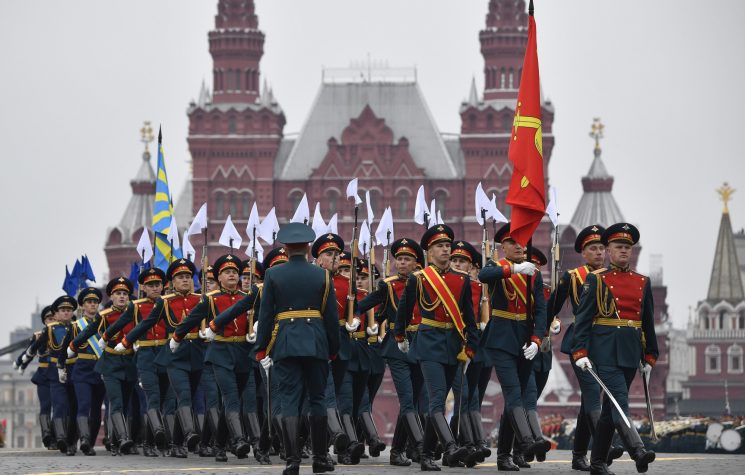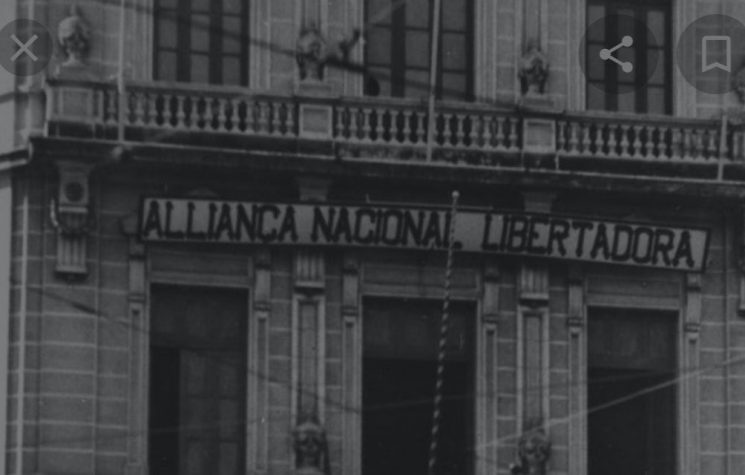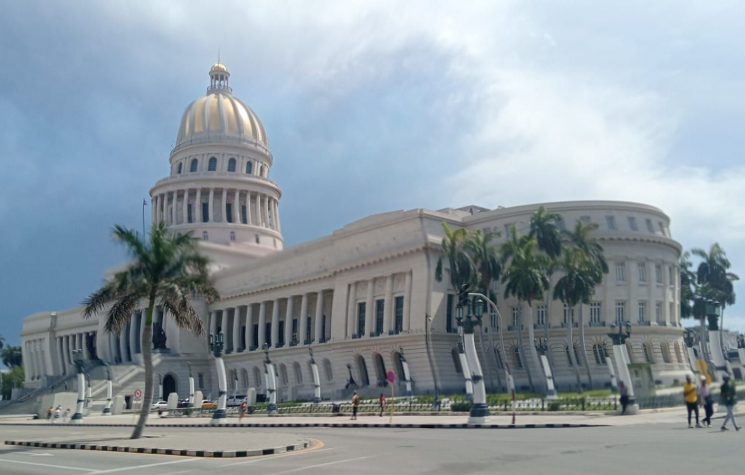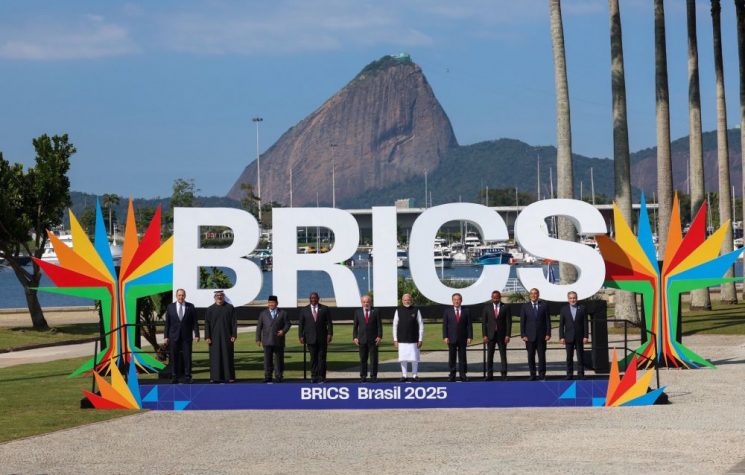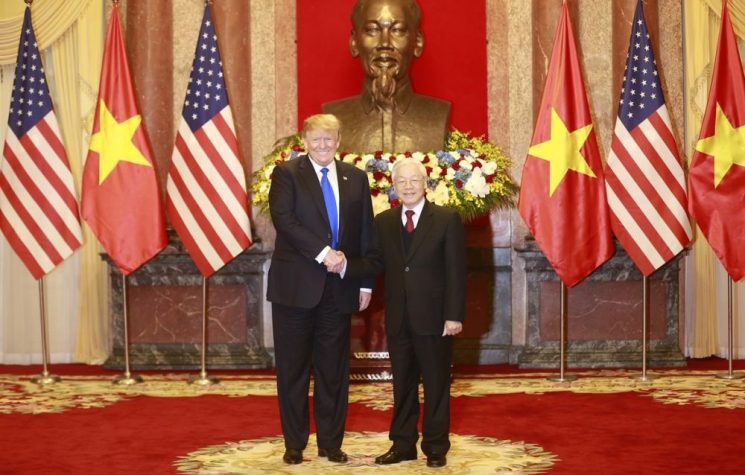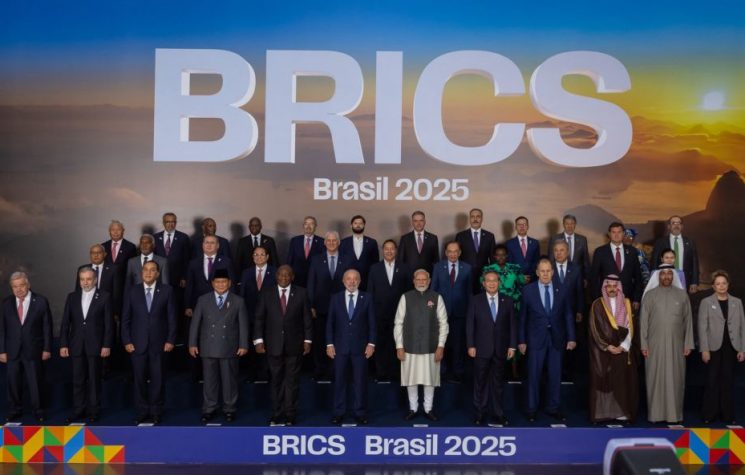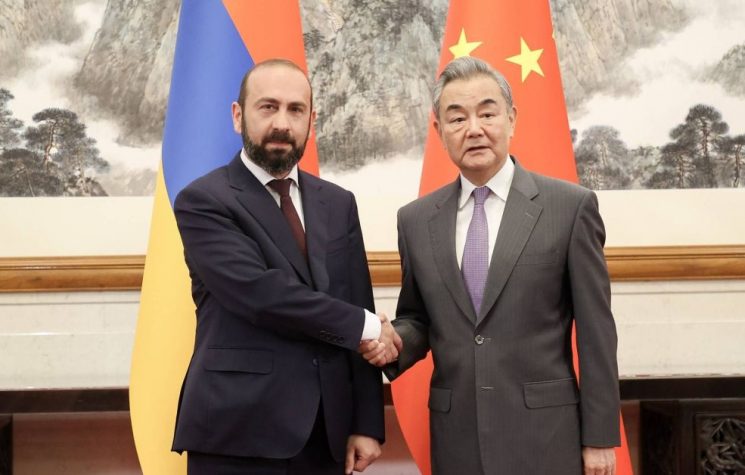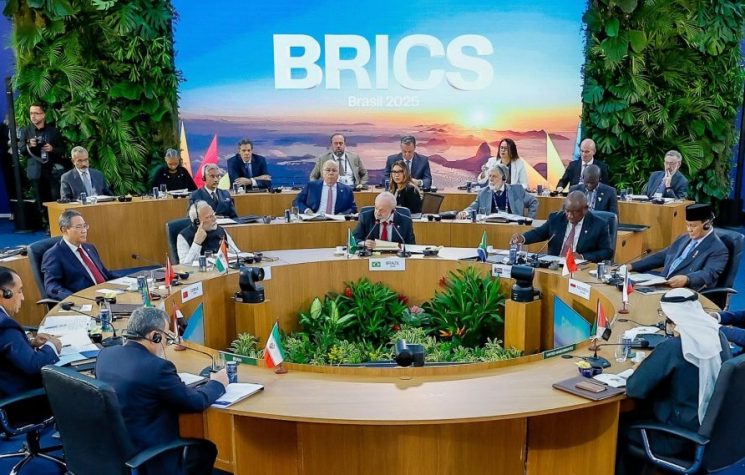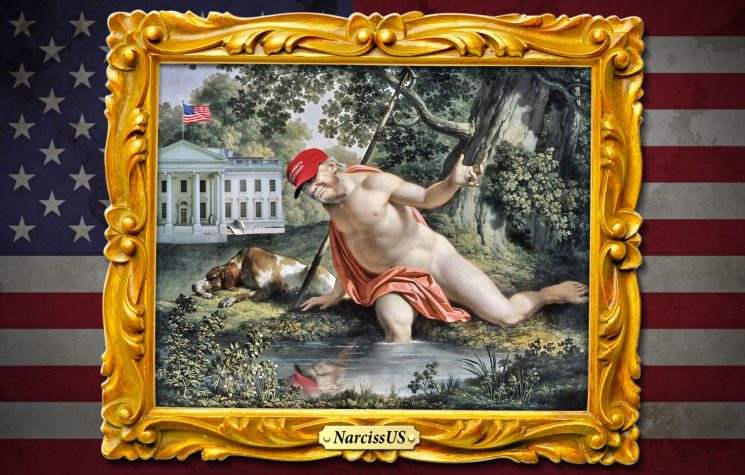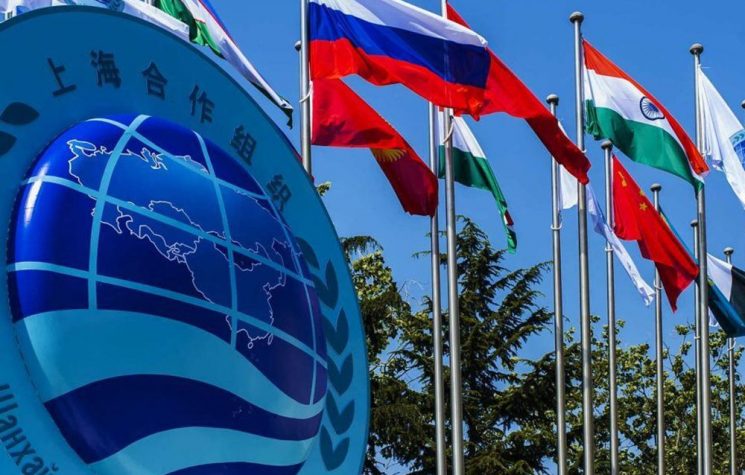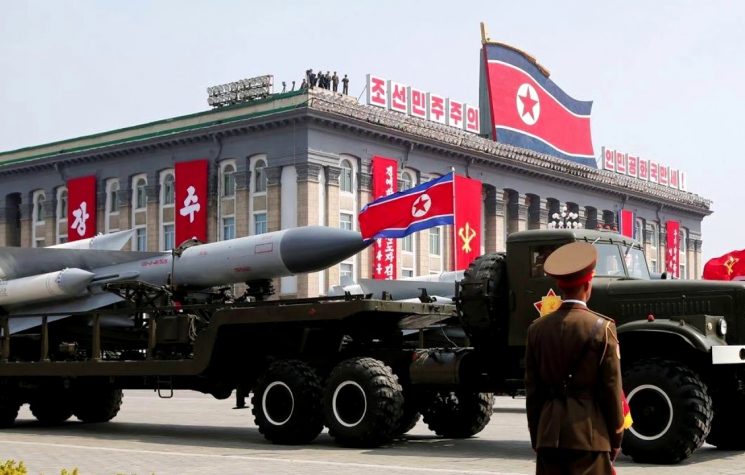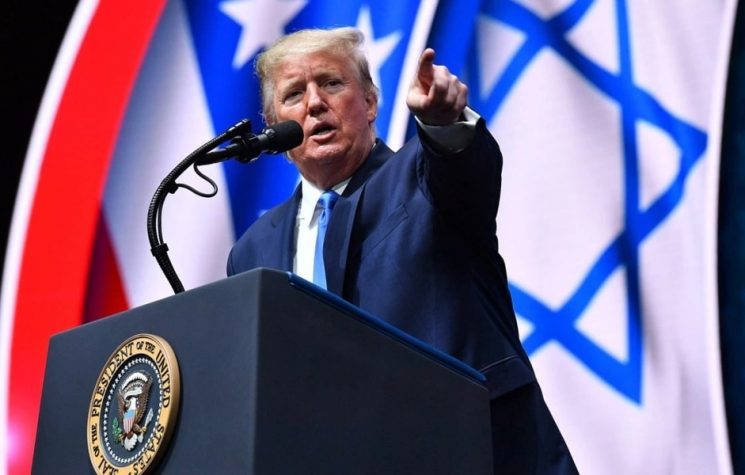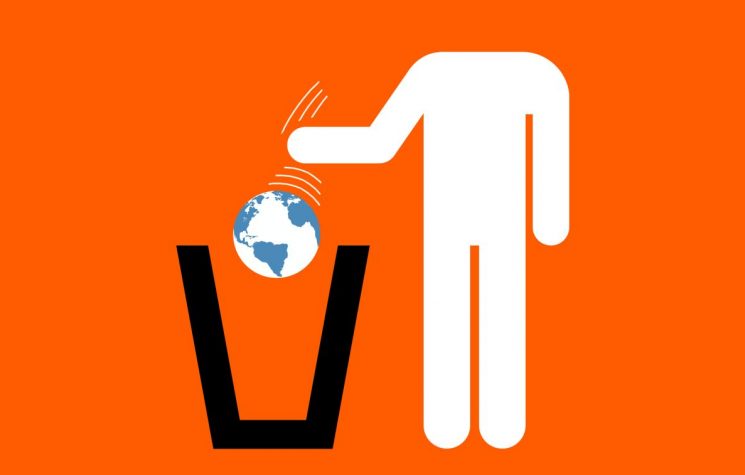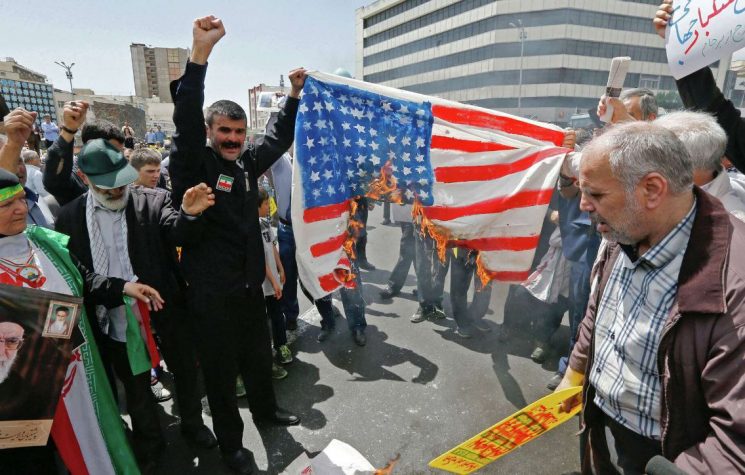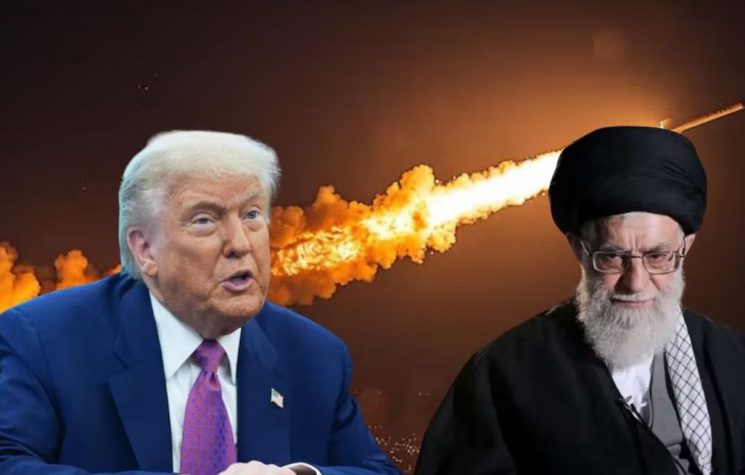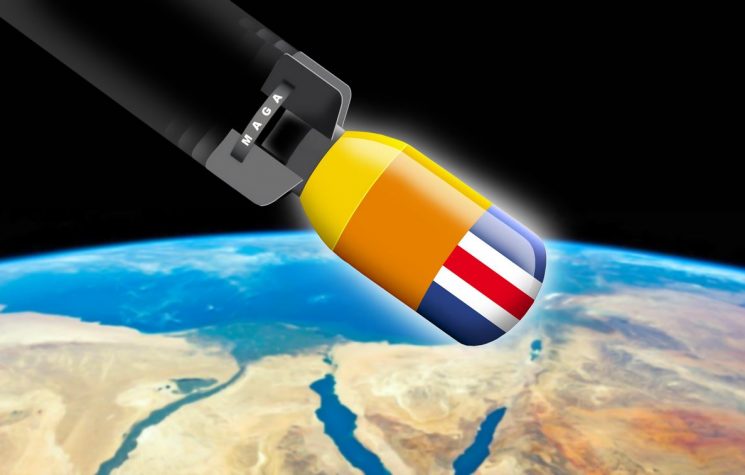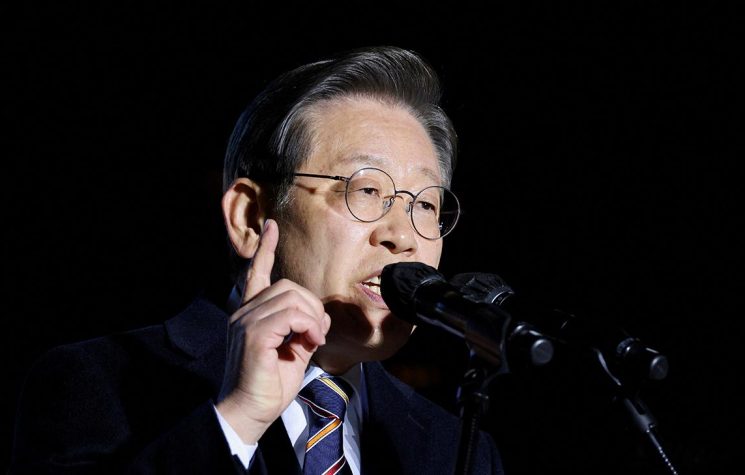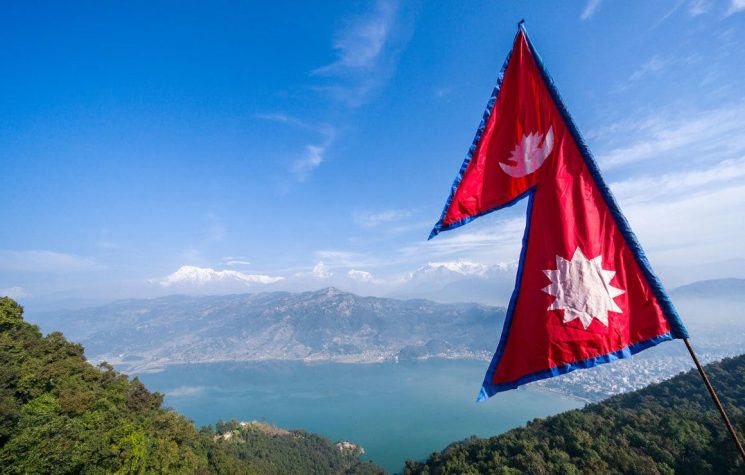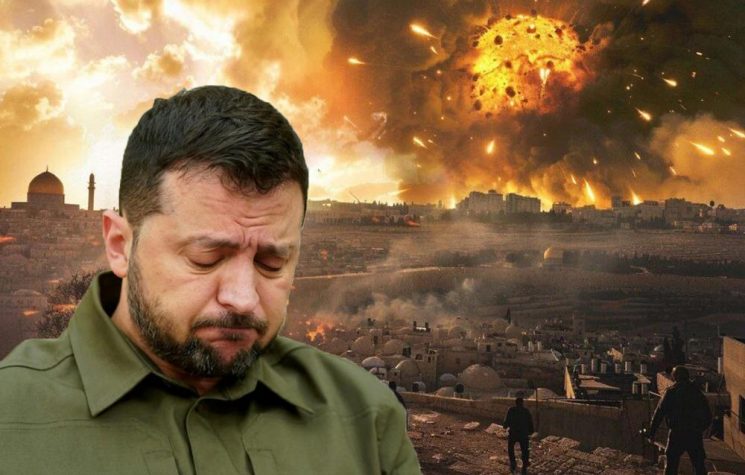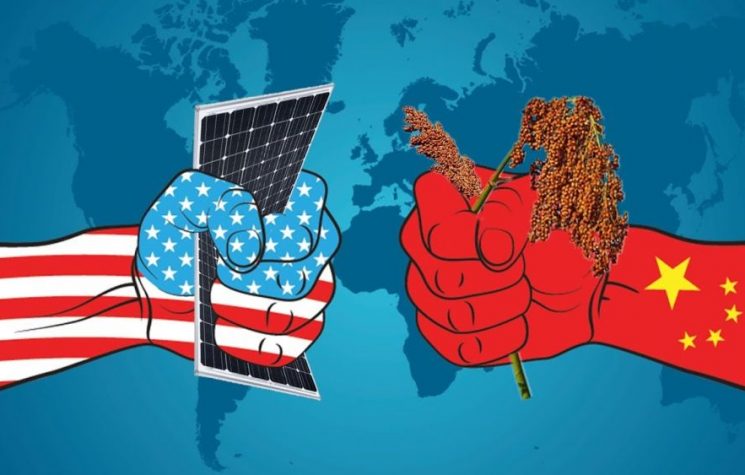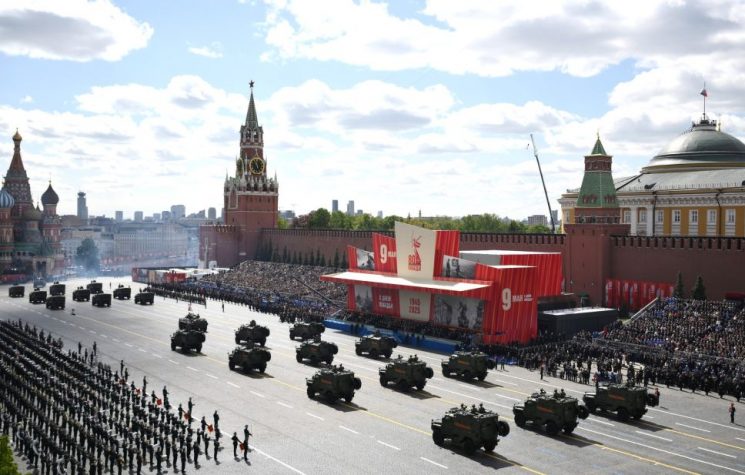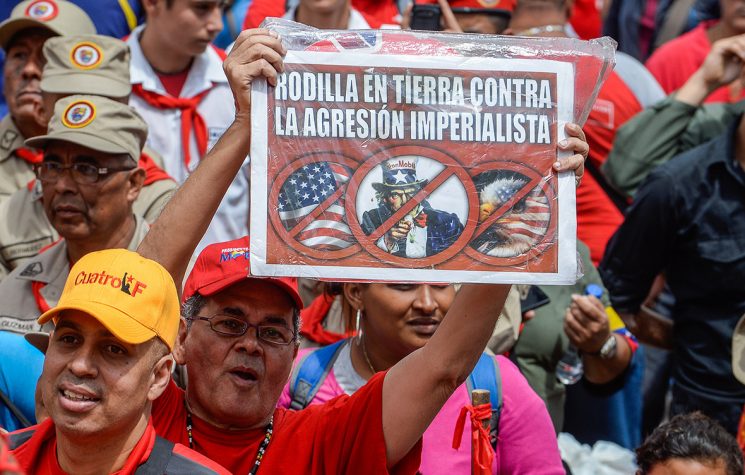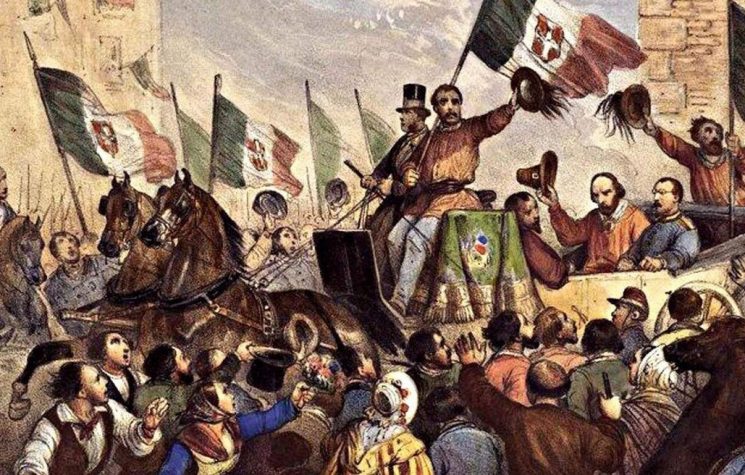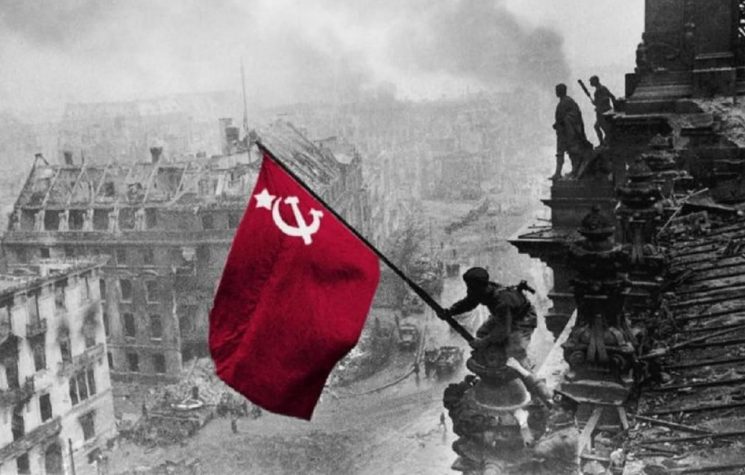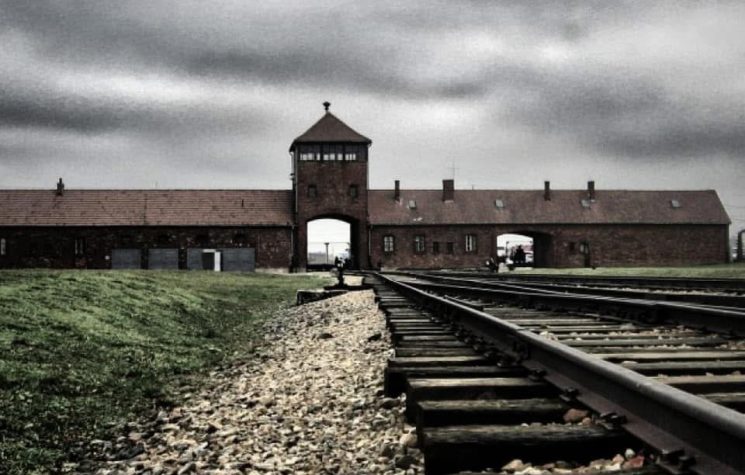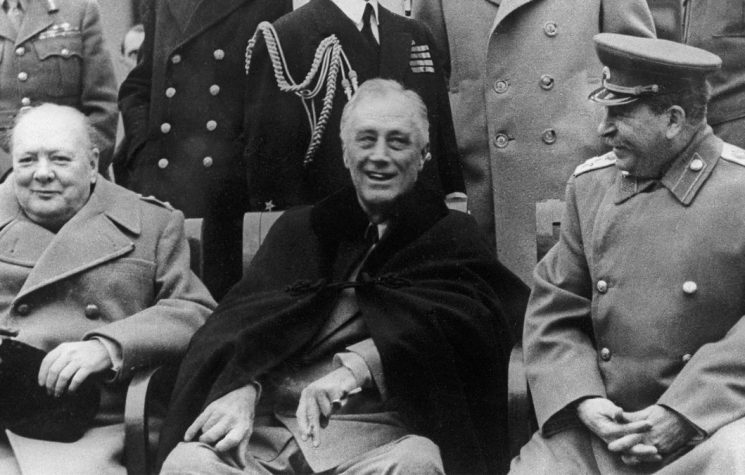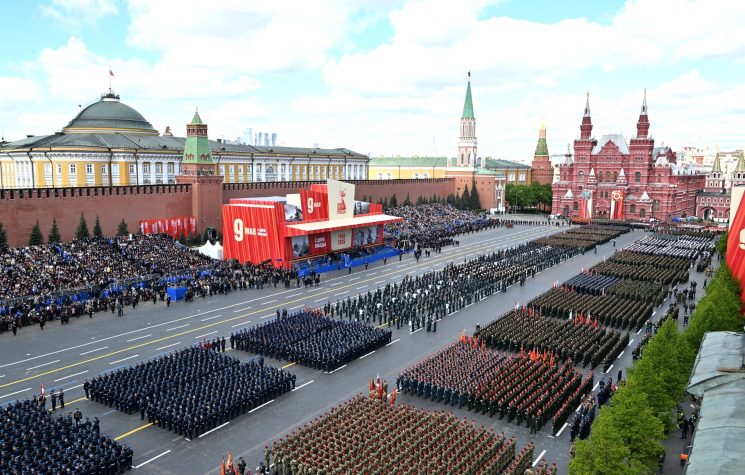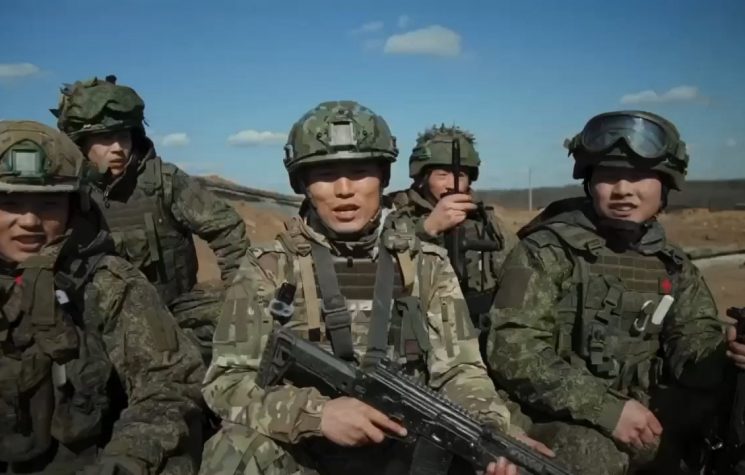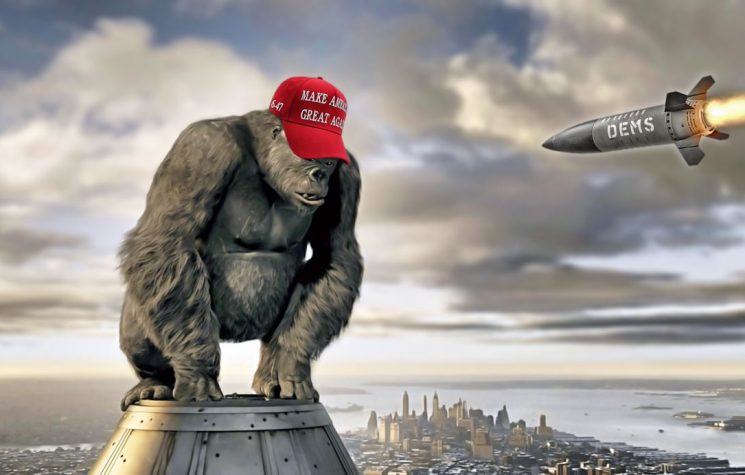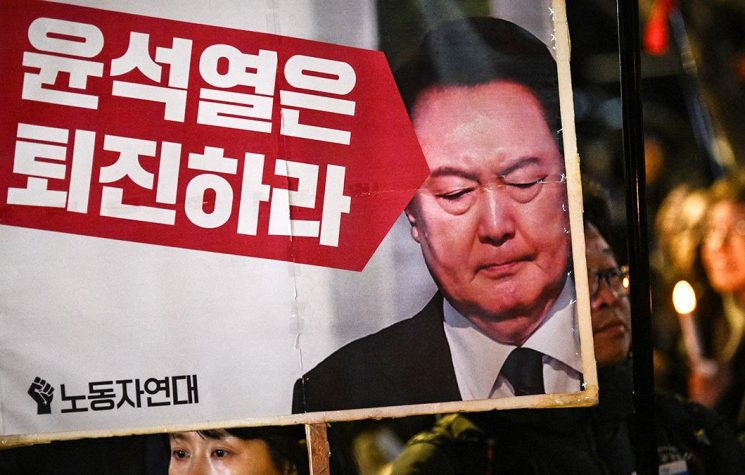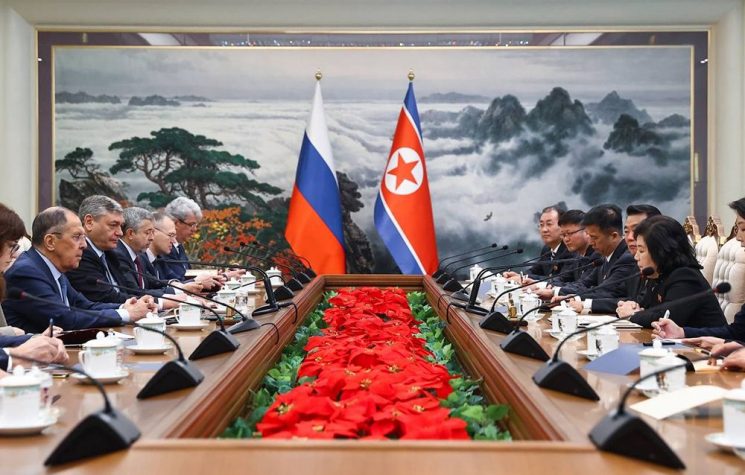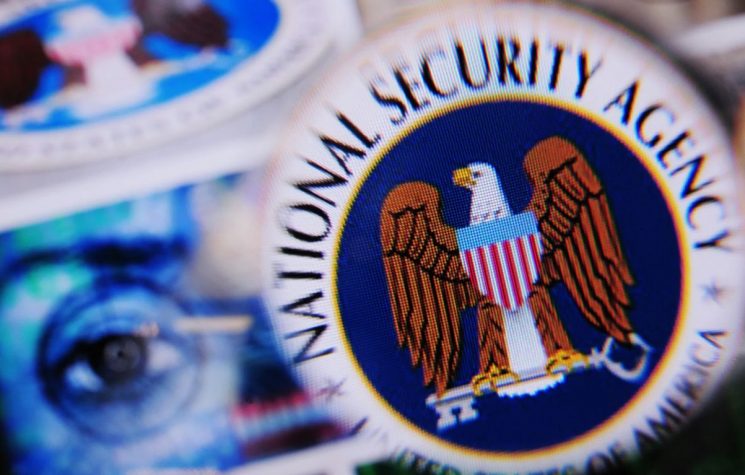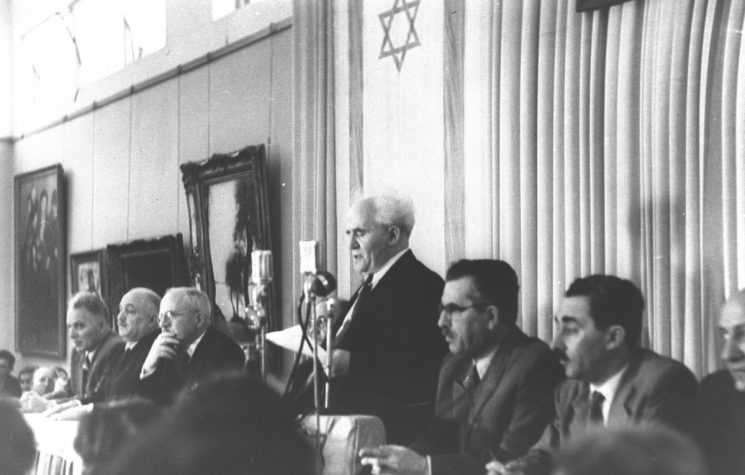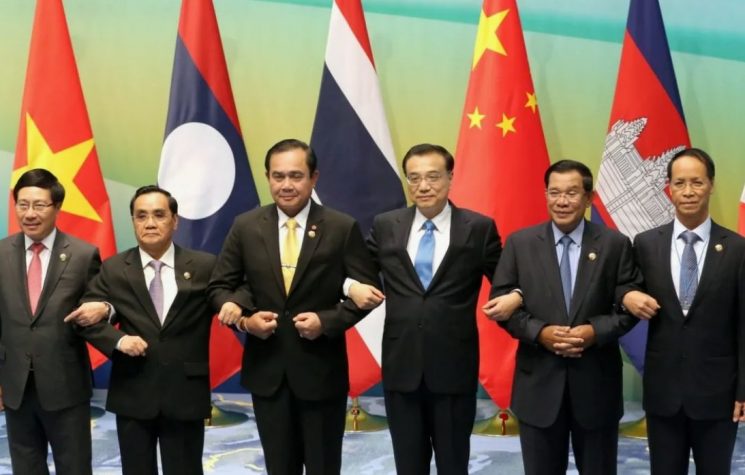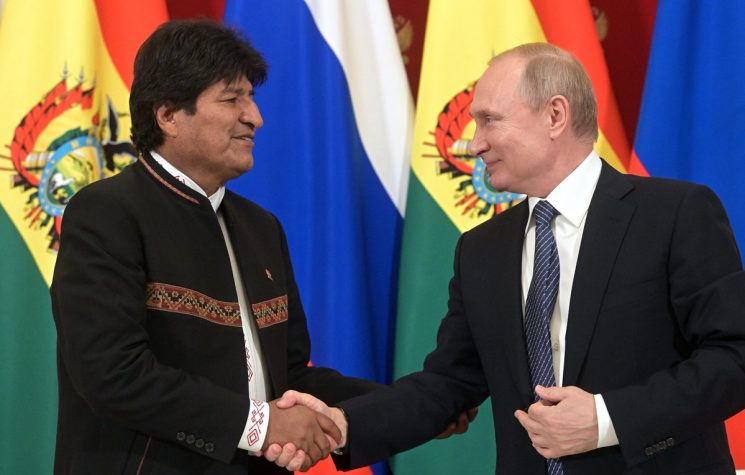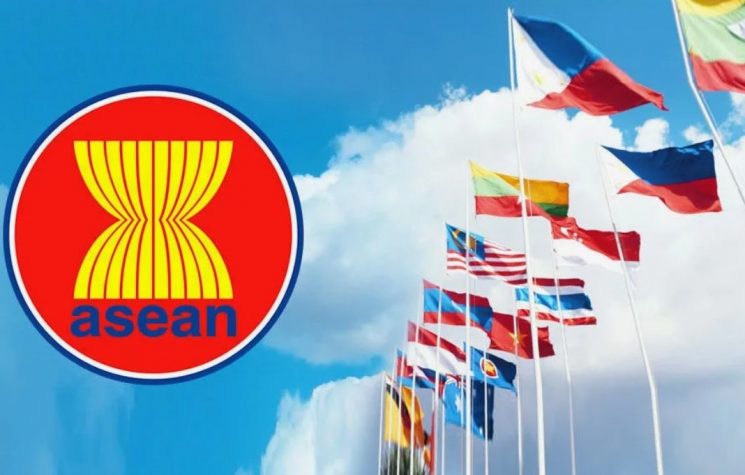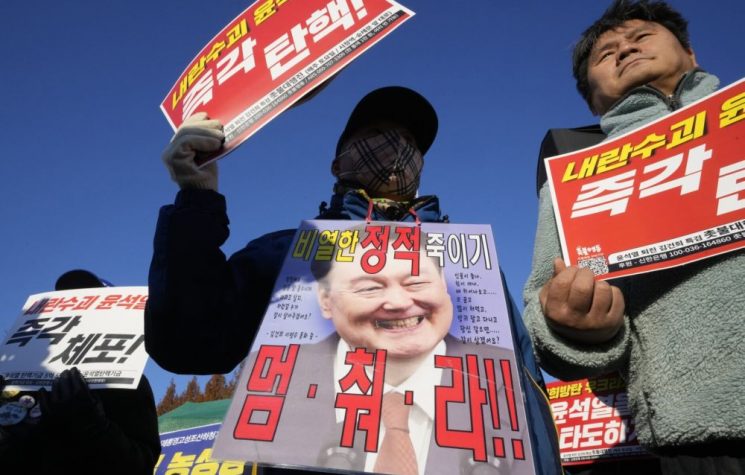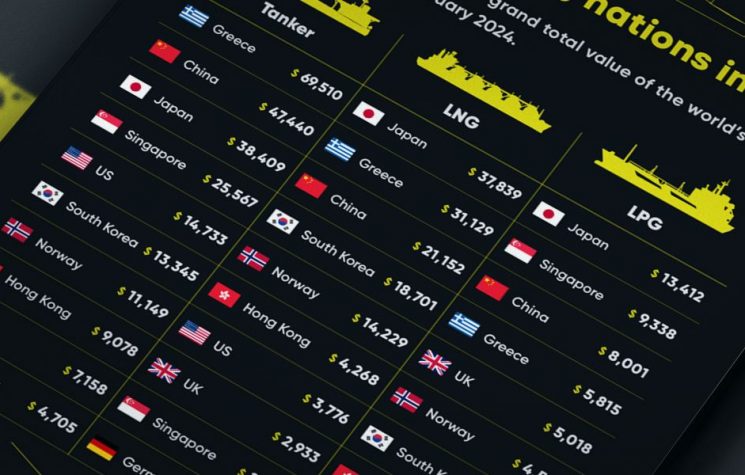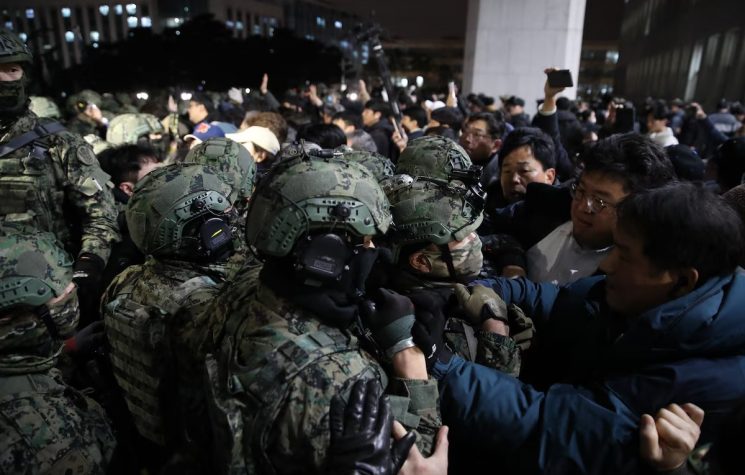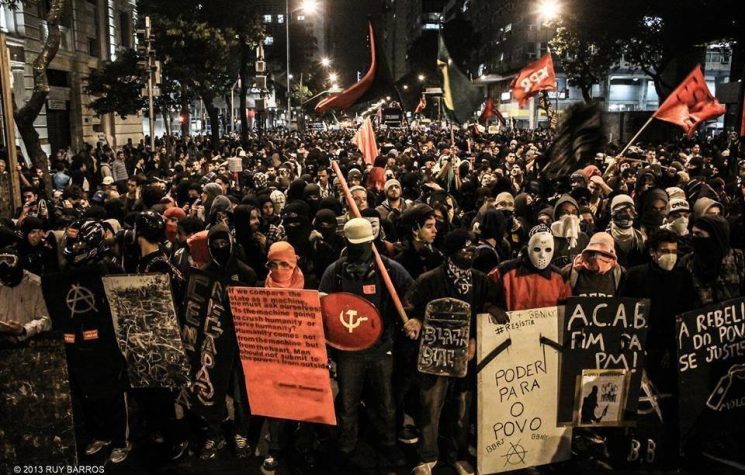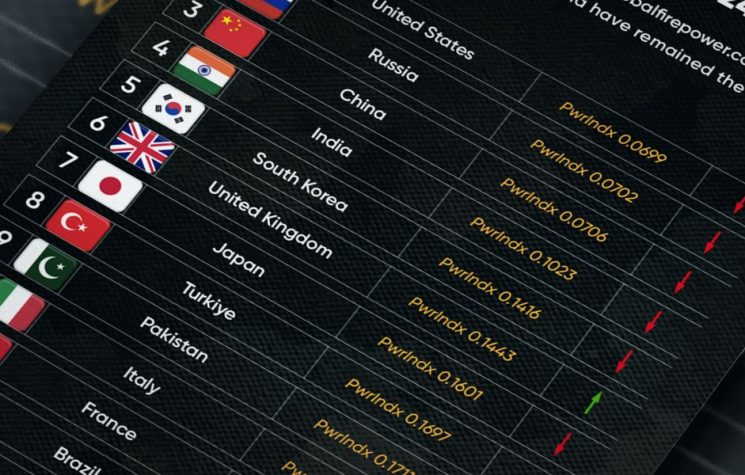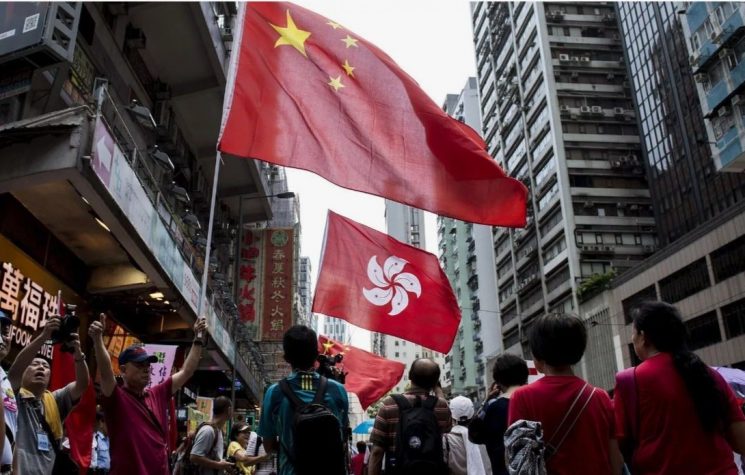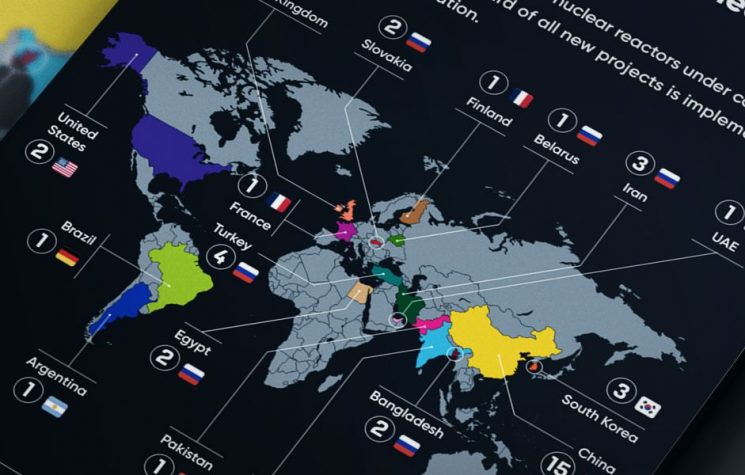If it were not for imperialist intervention, the North Korean government would have taken the revolution to the south and liberated the entire nation, Eduardo Vasco writes.
❗️Join us on Telegram![]() , Twitter
, Twitter![]() , and VK
, and VK![]() .
.
Contact us: info@strategic-culture.su
Faced with growing threats of invasion of northern Korea by Syngman Rhee’s troops supported by the USA, in 1949 the Democratic Front for the Reunification of the Fatherland realized that the national-democratic revolution was still pending and launched a set of proposals for the independent reunification of Korea. These proposals included reunification by Koreans themselves, the expulsion of imperialism, legalization of political parties and organizations in South Korea, and simultaneous general elections in the north and south that establish a supreme legislative body that promulgates a constitution, thus forming a unified government from all over Korea. The response of the Seoul regime was to prepare, guided by imperialism, the invasion of the north to destroy the revolution once and for all.
Thus, on June 25, 1950, after several incursions north of the 38th Parallel (division formalized by imperialism in 1945 between the north and south of the peninsula), the Korean War finally began. The Korean People’s Army, regularized in 1946, counterattacks and manages to push the South Korean army back to the 38th Parallel and beyond. If the war were only between North and South Korean forces, the Korean People’s Army would certainly win and liberate the entire Korean Peninsula, finally achieving reunification and the national-democratic revolution. This was precisely the policy of the North Korean government, given the new situation imposed.
However, imperialism intervened militarily. Intervention plans had already been drawn up years before and the increase in the US military presence in Japan and South Korea, as well as the US participation in the provocations of Syngman Rhee’s army, signaled that war was imminent. However, the USSR still maintained a belief in conciliation with imperialism in the East. Stalin himself was worried that the Chinese Revolution, victorious the previous year, would spark a revolution in neighboring countries that would displease imperialism (Marie, Jean-Jacques. Stalin, p. 842). This is why the Soviets were caught with their pants down when the US called an emergency meeting of the UN Security Council to approve the deployment of a joint military force to support South Korea against “aggression” from the North.
And that’s exactly what happened. The US and 15 other armies invaded Korea to quell the revolution, this time also in the north. Among these 15 armies were those of France, Belgium and Greece, countries where, at the end of World War II, the working class was about to take power but was betrayed by Stalinism. The Korean War showed the extent of the damage resulting from the Soviet bureaucracy’s policies to the international proletariat.
As stated above, if it were not for imperialist intervention, the North Korean government would have taken the revolution to the south and liberated the entire nation. It was about to do that. Even in the first months of the war, the KPA occupied 90% of South Korea, where 92% of South Koreans lived, and there the northern revolutionaries restored the People’s Committees, founded Worker’s Party cells and carried out democratic reforms that had already been made in North Korea.
However, the landing of imperialist troops in September 1950 completely leveled the war and forced the KPA to retreat, demolishing the revolutionary structure that had been resumed, this time in an even more bloody manner. The advance of 17 troops (South Korea, USA and the other 15 countries) reaches the 38th Parallel and surpasses it, invading North Korea and occupying almost all of its territory, with the exception of the northernmost mountains. When imperialism was already showing signs of attempting an invasion of China itself, the revolutionary government that had taken power a year earlier in Beijing decided to organize the Chinese People’s Volunteer Army, with one million men, to support the North Koreans and force the imperialists to return to the 38th Parallel again.
In turn, the Soviet Union did little to support the Korean revolutionaries. The Stalinist bureaucracy, in addition to governing the largest country in the world, bordering Korea and with a heightened prestige due to victory in World War II, controlled the governments of Eastern Europe and the communist parties of the West, many of them large mass parties. It could have done many things, from sending the Red Army to organizing international brigades as he had done in Spain just over ten years earlier (which had already been an extremely bureaucratic, conservative and even reactionary undertaking in terms of results). The USSR had already developed the atomic bomb in 1949 and could have used this power as a form of deterrence just when imperialism was already planning an attack against Korea. But he never did.
Thus, the North Koreans managed to force imperialism to sign a ceasefire in 1953, resuming the division of the peninsula from the 38th Parallel. If they had been helped by the Soviets, the revolution could have triumphed throughout Korea. But the Stalinist bureaucracy, decades ago, already showed total counter-revolutionary decadence.










